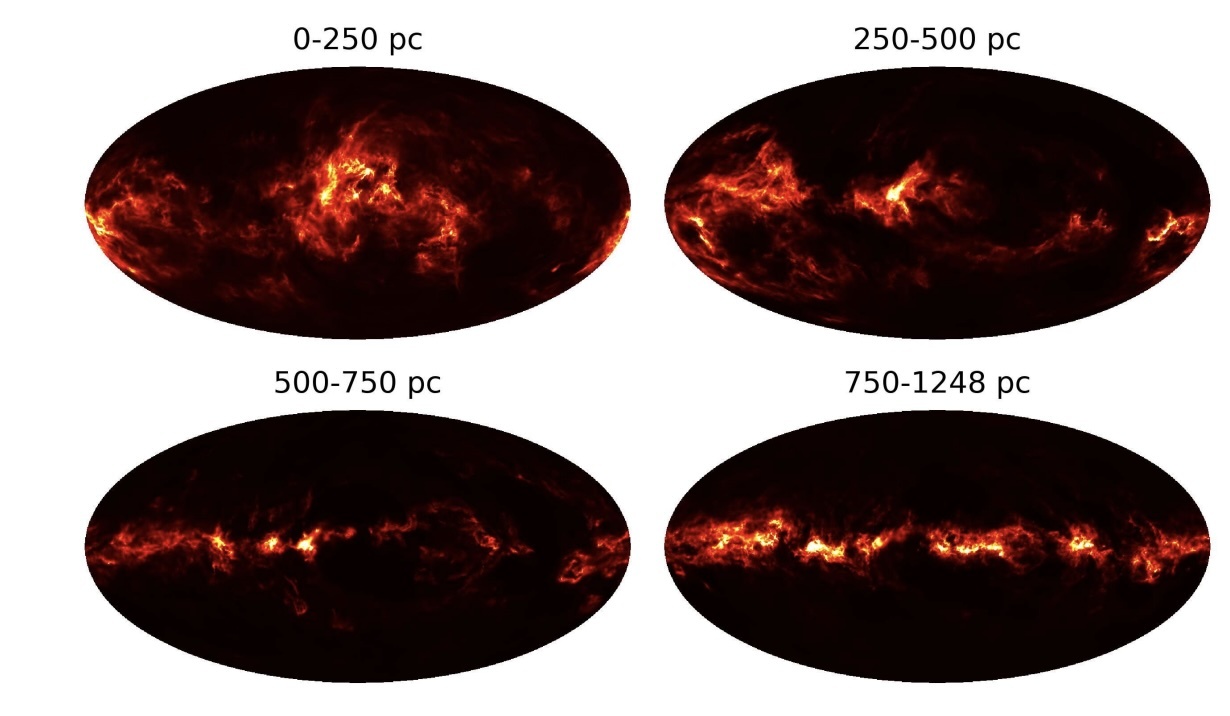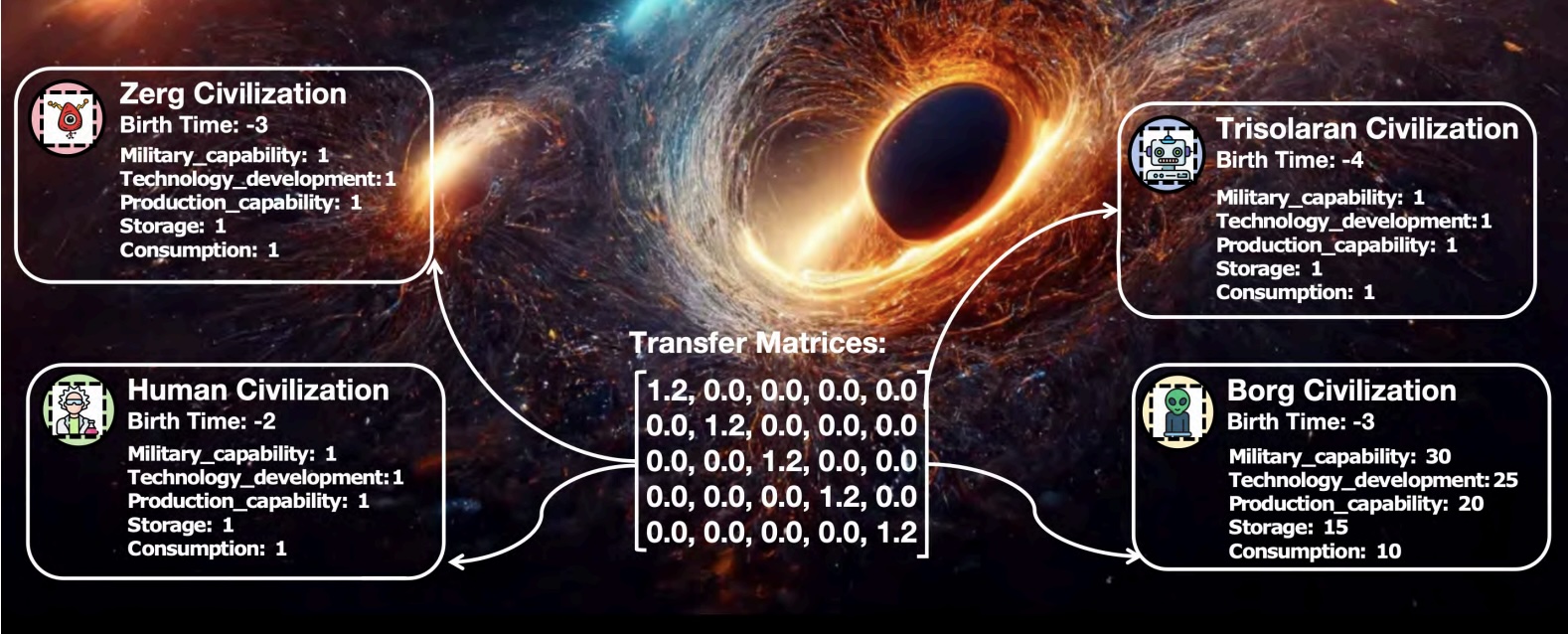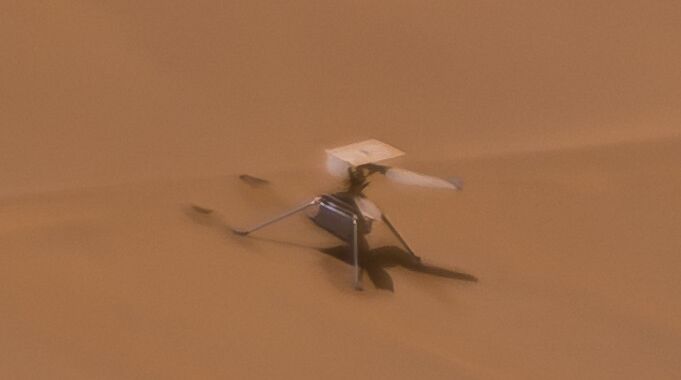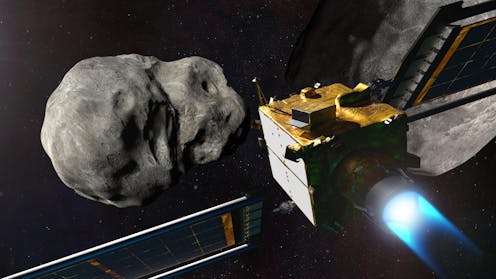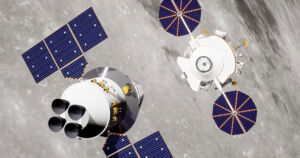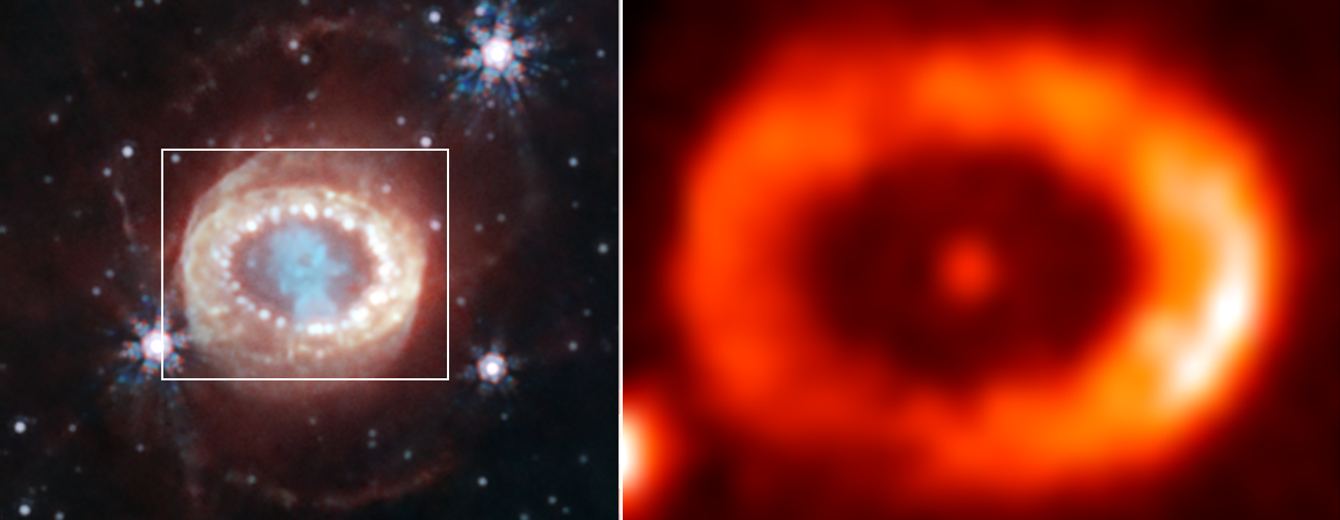Only the other week I had to fix my leaky tap. That was a nightmare. I cannot begin to imagine how you deal with a leaky spacecraft! In August 2020 Russia announced that their Zvezda module had an air leak. An attempt was make to fix it but in November 2021 another leak was found. Earlier this week, Russia announced the segment is continuing to leak but the crew are in no danger.
Continue reading “The International Space Station’s Air Leaks are Increasing. No Danger to the Crew”Astronomers Build a 3D Map of Dust Within Thousands of Light-Years
If you explore the night sky it won’t be long before you realise there is a lot of dust and gas up there. The interstellar dust between the stars accounts for 1% of the mass of the interstellar medium but reflects 30% of the starlight in infrared wavelengths. The dust plays a key role in the formation of stars and the evolution of the Galaxy. A team of astronomers have attempted to map the dust out to a distance of 3000 light years and have just released the first 3D map of the dust in our Galaxy.
Continue reading “Astronomers Build a 3D Map of Dust Within Thousands of Light-Years”An AI Simulated Interactions Between Different Kinds of Advanced Civilizations
The possibility for life beyond the Earth has captivated us for hundreds of years. It has been on the mind of science fiction writers too as our imaginations have explored the myriad possibilities of extraterrestrial life. But what would it really be like if/when we finally meet one; would it lead to war or peace? Researchers have used a complex language model to simulate the first conversations with civilisations from pacifists to militarists and the outcomes revealed interesting challenges.
Continue reading “An AI Simulated Interactions Between Different Kinds of Advanced Civilizations”Ingenuity Won’t Fly Again Because It’s Missing a Rotor Blade
Ingenuity has been the first aerial vehicle on another world. NASA announced the end of the Martian helicopter’s life at the end of its 72nd flight. During the flight there had been a problem on landing and, following the incident a few photos revealed chips in one of the rotor blades but nothing too serious. New images have been revealed that show the craft is missing one of its rotor blades entirely!
Continue reading “Ingenuity Won’t Fly Again Because It’s Missing a Rotor Blade”DART Made a Surprisingly Big Impact on Dimorphos
NASA’s DART (Double Asteroid Redirection Test) mission was hailed a success when it collided with its target asteroid Dimorphos last year. The purpose of the endeavour was to see if it could redirect an asteroid and, since the impact, astronomers have been measuring and calculating the impact on the target. It is incredible that the 580kg spacecraft travelling at 6 km/s was able to impart enormous kinetic energy to the 5 billion kg asteroid.
Continue reading “DART Made a Surprisingly Big Impact on Dimorphos”China Names its Capsule and Lander for its Upcoming Human Lunar Missions
In a recent announcement, the Chinese Space Agency (CSA) unveiled the names for its forthcoming lunar mission components. The CSA have been working towards sending humans to the Moon through a series of robotic missions. The 22-tonne capsule that is taking the astronauts to the Moon is called Mengzhuo (translates to ‘dream vessel’) and the lander has been named Lanyue (meaning ‘embracing the Moon’). Assuming all goes to plan, they will send two humans and a rover to the surface of the Moon by 2030.
Continue reading “China Names its Capsule and Lander for its Upcoming Human Lunar Missions”Astronomers Discover a New Meteor Shower. The Source is Comet 46P/Wirtanen
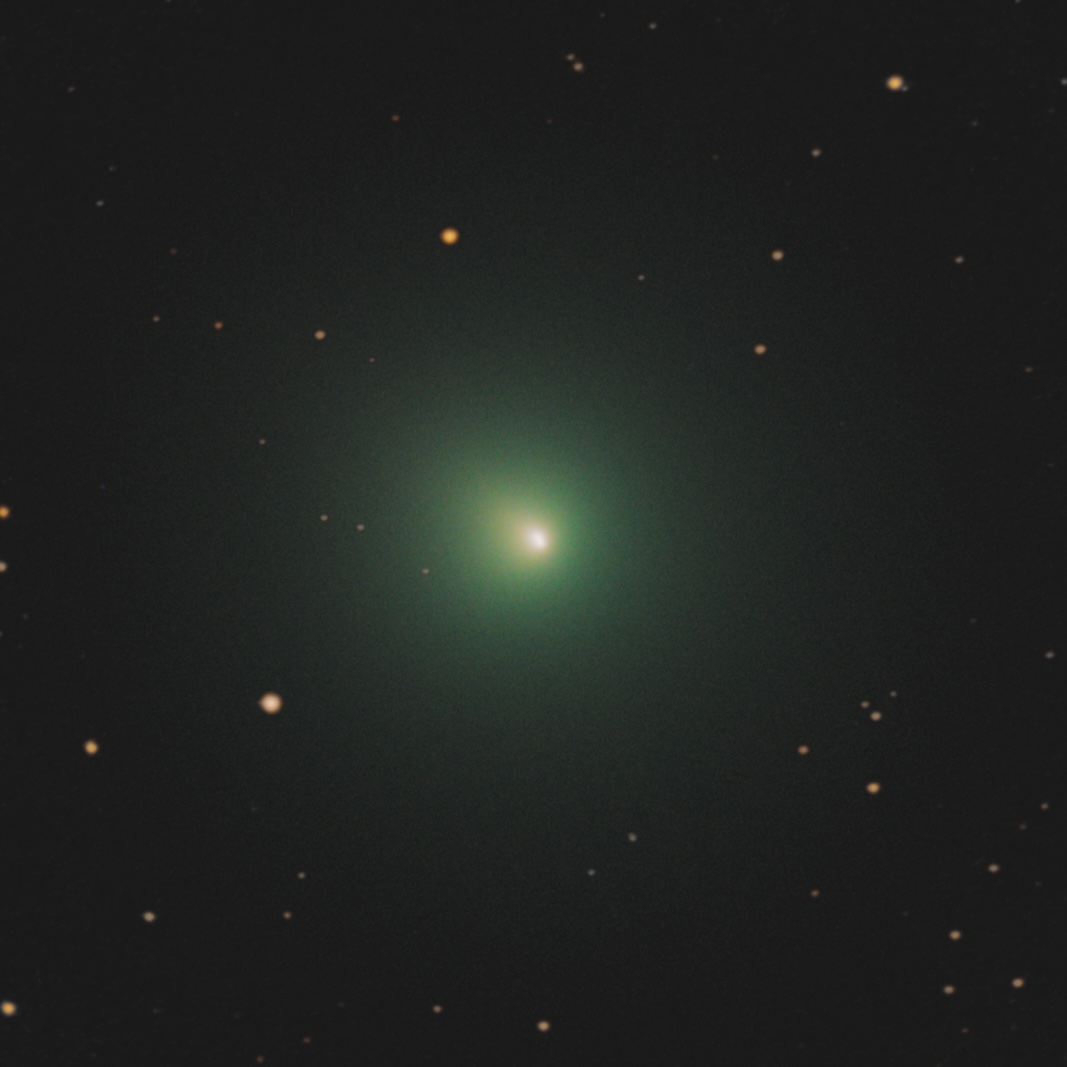
Like many of you, I love a good meteor shower. I have fond memories of the Leonid meteor storm back in 1999 when several hundred per hour were seen at peak. Sadly meteor storms are not that common unlike meteor showers of which, there are about 20 major showers per year. Wait, there’s another one and this time it comes from the debris left behind from Comet 46P/Wirtanen with an expected peak on December 12. Last year, 23 meteors were seen on that night that matched the location of the comets trail.
Continue reading “Astronomers Discover a New Meteor Shower. The Source is Comet 46P/Wirtanen”The Kuiper Belt is Much Bigger Than We Thought
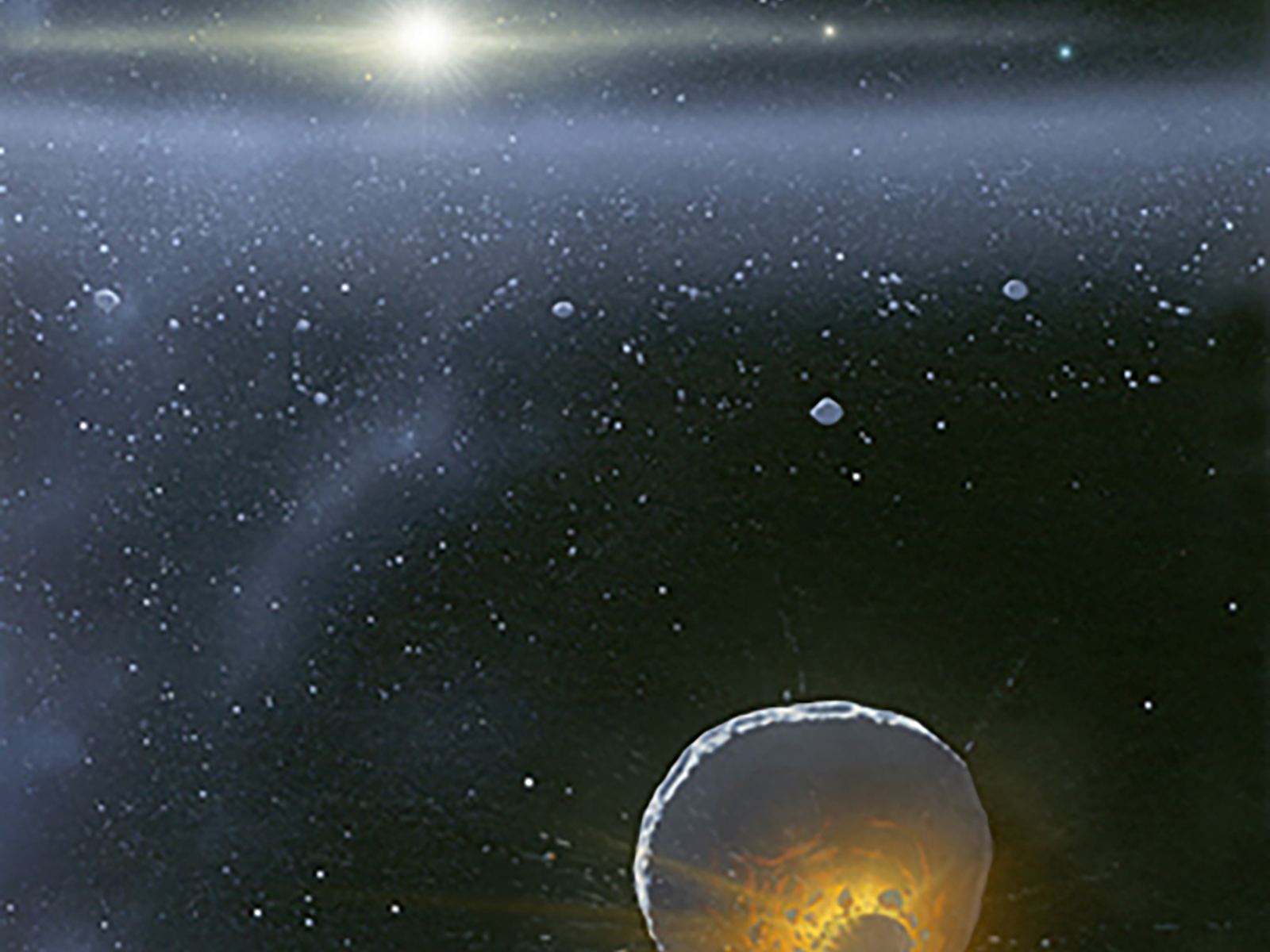
NASA’s New Horizons spacecraft is just over 8.8 billion km away, exploring the Kuiper Belt. This icy belt surrounds the Sun but it seems to have a surprise up its sleeve. It was expected that New Horizons would be leaving the region by now but it seems that it has detected elevated levels of dust that are thought to be from micrometeorite impacts within the belt. It suggests perhaps that the Kuiper Belt may stretch further from the Sun than we thought!
Continue reading “The Kuiper Belt is Much Bigger Than We Thought”Finally! Webb Finds a Neutron Star from Supernova 1987A
I can remember seeing images of SN1987A as it developed back in 1987. It was the explosion of a star, a supernova in the Large Magellanic Cloud. Over the decades that followed, it was closely monitored in particular the expanding debris cloud. Predictions suggested there may be a neutron star or even a black hole at the core but the resolution of the telescopes was insufficient to pick anything up. Now we have the James Webb Space Telescope and using its more powerful technology, signs of a neutron star have been detected.
Continue reading “Finally! Webb Finds a Neutron Star from Supernova 1987A”The Sun Gets Feisty, Throwing Off Three X-Class Flares Within 24 Hours
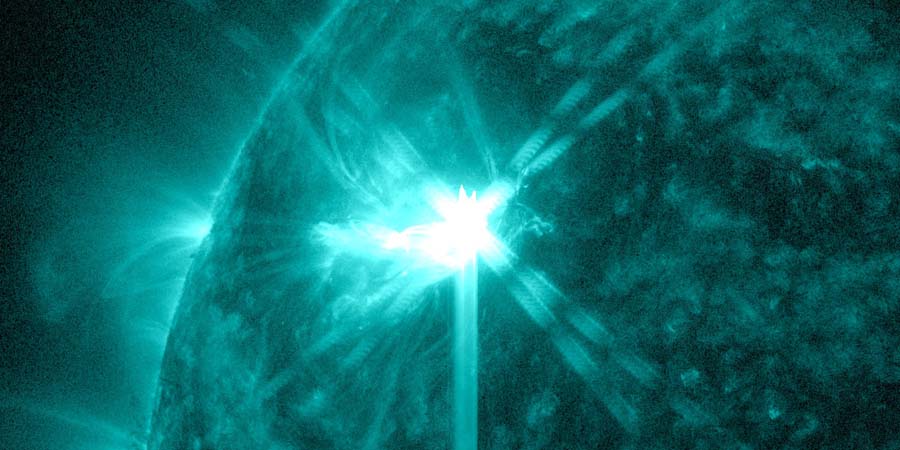
The Sun is heading toward solar maximum (which is likely to be about a year away) and as it does, there will be more sunspots, solar flares and coronal mass ejections. Over the last 24 hours there has been three, yes three X-class flares, the first peaking at X1.9, the second 1.7 and the final one a mighty 6.3. Flares of this magnitude caused radio blackouts, disruption to mobile phones and radio transmissions.
Continue reading “The Sun Gets Feisty, Throwing Off Three X-Class Flares Within 24 Hours”

